Overview of Recent Changes in Landlord-Tenant Laws in California for 2020

In 2020, new protections will be afforded to California renters. On January 1, 2020, new laws became effective that limit the landlord’s ability to increase rent or evict certain tenants, and also prohibit landlords from discriminating against renters who use public housing vouchers. Assembly Bill 1482, which is referred to as the “California Tenant Protection Act”, will remain in effect until January 1, 2030, and addresses the following:
I. RENT CONTROL PROVISIONS
Civil Code section 1947.12 provides rent control so that landlords are limited in how much they can raise the rent every year. The section prohibits increasing the annual rent more than the cost of living for that locality plus five percent, up to a maximum increase of ten percent of the prior rent. Additionally, rent may only be raised once over any 12-month period. It is important to note that this section does not override more restrictive city and county rent controls, but it might apply to units they do not cover. Civil Code section 1947.13 also governs a unit’s transition from a form of publicly assisted housing (but not rentals subsidized by a Section 8 voucher) to market rate housing. It is important to note that this section does not affect private, for profit landlords.
II. REQUIRED JUST-CAUSE EVICTIONS AND RELOCATION ASSISTANCE/RENT WAIVER
Section 1946.2(c) requires that if the eviction is based on a curable violation (e.g. non-payment of rent), the landlord must provide the renter with notice of the violation, setting forth the time period in which to cure the violation. If the violation is not cured within the time period provided in the notice, a 3-day notice to quit without the opportunity to cure may be served to terminate the tenancy. If the tenant does not vacate the unit by the date of the notice to quit, the owner may move toward an Unlawful Detainer in a court of law.
Further, Section 1946.2(d)(1) provides that tenants who have occupied their rental unit for at least 12 months must be compensated with relocation payments or waivers equal to a month’s rent if they are evicted without just cause. The relocation fee must be equal to one month of the renter’s rent in effect as of the date that the notice of termination of tenancy was issued. The relocation fee must be paid to the renter within 15 calendar days of the service of notice of termination of tenancy. If the landlord chooses to provide a rent waiver, it must be equal to one month of the renter’s rent in effect as of the date that the notice of termination of tenancy was issued. A written waiver of the payment of the last month’s rent must be provided to the renter prior to the rent due date. In the event that the landlord fails to pay relocation assistance or provide a rent waiver, the notice of termination of tenancy is void.
III. EXEMPTIONS TO JUST CAUSE LIMITATIONS AND RENT CONTROL
A few types of housing are exempt from just cause limitations, rent control, or both, which is not covered by the new law. The exemptions turn on technical factors, such as who owns the property, whether the owner lives in the unit in which the tenant also lives, and whether the owner lives in a self-contained dwelling unit but shares the property with tenants who live in their own self-contained units. The applicable exemptions are described below.
Section 1946.2(e) sets forth the properties and situations that are exempt from just cause restrictions, which includes, but is not limited to, transient and tourist hotel occupancy, housing accommodations in a nonprofit hospital, religious facility, licensed residential care facility for the elder, dormitories owned and operated by an institution of higher education or a kindergarten and grades 1 to 12, inclusive, school, and single-family homes and condominiums, single-family homes, and other properties that are “separately alienable from title” if the owner is not a real estate investment trust, a corporation, or a limited liability company in which at least member is a corporation and the owner provided written notice that the residential property is exempt. The latter exemption is the most applicable in my local practice. Thus, in order to take advantage of it, the title must be held by a natural person, a partnership or limited liability company owned by natural persons, or another form of natural person, such as a revocable trust for individuals. The exemption does not apply to corporately held property, such as a real estate investment trust (“REIT”), a corporation, or a limited liability company with corporation members.
Properties and situations that are exempt from rent control restrictions include, but are not limited to, housing subject to more restrictive rent control ordinances and new construction housing that was issued a certificate of occupancy within the previous 15 years. Additional properties and situations exempt from rent control restrictions are set forth in Civil Code section 1947.12(d).
IV. NEW NOTICE REQUIREMENTS UNDER THE CALIFORNIA TENANT PROTECTION ACT
(1) Relocation Assistance/Rent Waiver: Be aware that landlords are required to include the renter’s right to relocation assistance or a rent waiver in the written notice of termination of tenancy based on the no fault just cause. If the landlord decides to issue a rent waiver, the notice should provide the amount of the rent waiver and state that no rent is due for the last month of the tenancy. Relocation assistance shall be provided within 15 calendar days of service of the written notice of termination of tenancy. However, it is important to note that if the tenant is at fault for the condition(s) triggering an order to need to vacate as set forth in Section 1146.2(b)(1), the tenant is not entitled to any relocation assistance or rent waiver.
(2) Property Exemption: Properties that are exempt under Sections 1947.12 (rent control) and 1946.2 (just cause limits) must provide renters with written notice stating the following:
Civil Code section 1946.2 implements "just cause" limitations, which restricts the landlord’s ability to evict long-time tenants. The section prohibits termination without just cause of a tenant who has lived in the unit for at least 12 months and requires that “just cause” be stated in the written notice to terminate tenancy. Just cause includes both tenant at-fault behavior and no-fault reasons as set forth in Section 1446.2(b)(1) and (2), respectively. “At-fault” just cause requires landlords to have evidence to support the basis for the eviction and includes, but is not limited to, failure to pay rent, breach of a material lease term, and committing waste. “No-fault” just cause includes, but is not limited to, the intent by the owner or owner-relative to occupy the unit, withdrawal of the rental property from the rental market, and the owner’s compliance with a local ordinance, court order, or other government entity resulting in the need to vacate the property.
This property is not subject to the rent limits imposed by Section 1947.12 of the Civil Code and is not subject to the just-cause requirements of Section 1946.2 of the Civil Code. This property meets the requirements of Sections 1947.12(d)(5) and 1946.2(e)(8) of the Civil Code and the owner is not any of the following: (1) a real estate investment trust, as defined by Section 856 of the Internal Revenue Code; (2) a corporation; or (3) a limited liability company in which at least one member is a corporation.
This notice must be included in rental agreements that begin on or after July 1, 2020. For tenancies that commenced prior to July 1, 2020, the rent agreement may, but does not have to, include the above notice provision.
(3) Property Subject to the Law: A residential property owner subject to the law is required to provide the following notice, in no less than 12-point type:
California Law limits the amount your rent can be increased. See Section 1947.12 of the Civil Code for more information. California law also provides that after all of the tenants have continuously and lawfully occupied the property for 12 months or more or at least one of the tenants has continuously and lawfully occupied the property for 24 months or more, a landlord must provide a statement of cause in any notice to terminate a tenancy. See Section 1946.2 of the Civil Code for more information.
For tenancies that started or were renewed on or after July 1, 2020, the above notice should be included as an addendum to the lease or as a written notice signed by the renter, with a copy of the signed written notice provided to the renter. For tenancies that existed prior to July 1, 2020, the above notice must be provided as a written notice to the renter no later than August 1, 2020, or as an addendum to the lease.
If you have a landlord-tenant issue, contact Dias Law Firm, Inc. for a consultation.
By: Jonette M. Montgomery, Esq.

For the general public: This Blog/Web Site is made available by the law firm publisher, Dias Law Firm, Inc., for educational purposes. It provides general information and a general understanding of the law, but does not provide specific legal advice. By using this site, commenting on posts, or sending inquiries through the site or contact email, you confirm that there is no attorney-client relationship between you and the Blog/Web Site publisher. The Blog/Web Site should not be used as a substitute for competent legal advice from a licensed attorney in your jurisdiction.
For attorneys: This Blog/Web Site is informational in nature and is not a substitute for legal research or a consultation on specific matters pertaining to your clients. Due to the dynamic nature of legal doctrines, what might be accurate one day may be inaccurate the next. As such, the contents of this blog must not be relied upon as a basis for arguments to a court or for your advice to clients without, again, further research or a consultation with our professionals.

